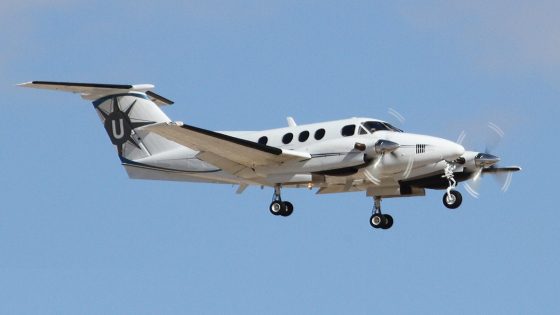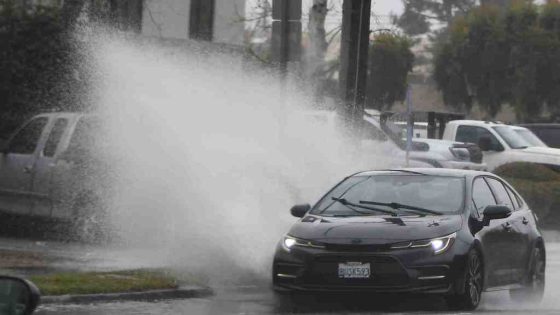On February 7, 2025, the investigation into the tragic Beechcraft King Air F90 plane crash in São Paulo began. This incident resulted in the loss of two lives and has raised questions about aviation safety. What led to this accident, and what can we learn from it?
- CENIPA investigates Beechcraft King Air F90 crash
- Pilot reported mechanical issues before crash
- King Air F90 has historical safety incidents
- Difficulty controlling aircraft with single engine
- Previous accidents linked to pilot error
- Lack of flight recorder complicates investigation
What We Know About the Beechcraft King Air F90 Crash in São Paulo
What could have caused the Beechcraft King Air F90 to crash? Initial reports indicate that the pilot experienced mechanical issues shortly after takeoff. Despite efforts to return to Campo de Marte Airport, the aircraft went down during a potential emergency landing attempt on a busy avenue in Barra Funda.
Key Factors Surrounding the Beechcraft King Air F90 Incident
The Beechcraft King Air F90 has a notable safety record, but its history includes several incidents. Investigators will look into the aircraft’s mechanical reliability and pilot training. Notably, the F90 was designed before mandatory flight data recorders were required, complicating the investigation.
Understanding the Safety Record of the King Air F90
The King Air F90 has been involved in 40 safety incidents since its introduction in 1979, with seven resulting in fatalities. While this may seem alarming, it is essential to consider the aircraft’s long operational history and the number of units produced.
- Produced: 203 units from 1979 to 1983
- Reported incidents: 40 total, with four in Brazil
- Fatal accidents: Seven, often linked to pilot error or weather conditions
- Design era: Lacked mandatory flight data recorders
The Importance of Pilot Training and Emergency Procedures
In aviation, pilot training is critical. The F90’s design allows it to fly on one engine, but some pilots struggle with this during emergencies. A past incident in the U.S. illustrates the importance of proper training in handling engine failures.
During a 2001 crash, a pilot failed to execute the necessary procedures to stabilize the aircraft after an engine failure, leading to disaster. This highlights the need for thorough training in emergency protocols.
As investigations continue, the aviation community will be watching closely. What lessons will emerge from this tragedy, and how can we improve safety in the skies?

































